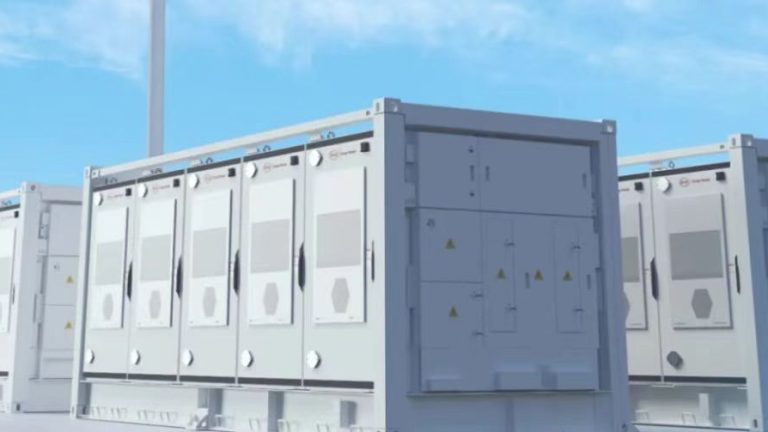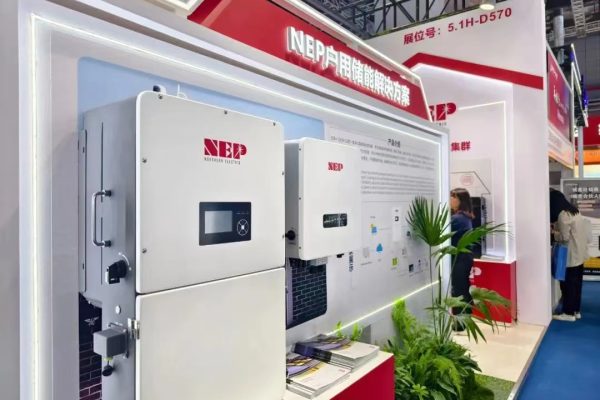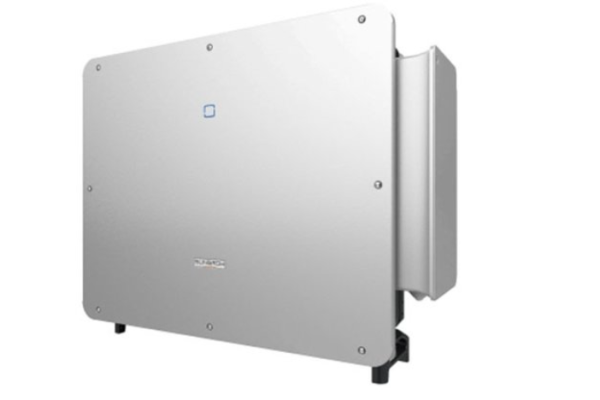How to Protect Your Business While Building Buyer Trust
In the energy storage and renewable energy export business, competition is increasingly intense. Buyers often request Open Account (OA) credit terms — meaning they receive goods first and pay later, usually within 30, 60, or 90 days.
For Battery Energy Storage System (BESS) suppliers, OA can help win large clients, but it also introduces significant payment and credit risks. Understanding how to manage those risks effectively is essential for sustainable global growth.
1. What Are OA Credit Terms?
Open Account (OA) means that the buyer receives goods before payment.
Typically, payment is due after an agreed period (for example, 60 days from the date of shipment).
In practice:
- Seller ships the energy storage system.
- Buyer receives and sells or installs it.
- Buyer pays the supplier later (based on the agreed credit period).
Common OA Terms in Energy Storage Trade
- Net 30: payment due within 30 days
- Net 60: payment due within 60 days
- Net 90: payment due within 90 days
These terms are common when dealing with long-term partners or large EPC (Engineering, Procurement, Construction) firms in renewable energy projects.
2. Why Buyers Prefer OA
✅ 2.1 Improves Buyer Cash Flow
Buyers can receive and use goods without immediate payment, freeing working capital for project operations.
✅ 2.2 Simplifies Procurement
No need to apply for L/C or arrange upfront deposits.
✅ 2.3 Builds Trust with Reliable Suppliers
OA often signals a mature business relationship, based on mutual trust and confidence.
3. Why OA Is Risky for Suppliers
While OA builds trust, it shifts financial and credit risk entirely to the supplier.
❌ 3.1 Non-Payment Risk
If the buyer delays or defaults, the supplier bears full loss.
❌ 3.2 Currency Risk
For exports in USD or EUR, payment delays can lead to exchange rate losses.
❌ 3.3 Country and Political Risk
In some regions, regulatory changes or foreign exchange restrictions can delay payment.
❌ 3.4 Cash Flow Pressure
Long credit periods reduce working capital for production and new orders.
❌ 3.5 Difficult to Enforce Legally
International debt collection is expensive and uncertain, especially for smaller suppliers.
4. Typical OA Scenarios in the Energy Storage Industry
| Buyer Type | OA Credit Period | Risk Level | Notes |
|---|---|---|---|
| Long-term EPC Partner | 60–90 days | Medium | Often backed by project contracts |
| Distributor / Integrator | 30–60 days | Medium-High | Depends on market demand |
| New Buyer / Small Trader | <30 days | High | Require strong control and credit checks |
| Government or Utility Project | 90–120 days | Low–Medium | Often guaranteed by financing institutions |
5. Key Risk Control Strategies
To offer OA terms safely, energy storage exporters must balance trust and protection.
5.1 Perform Comprehensive Credit Checks
Before granting OA:
- Request business registration, bank references, trade history
- Use credit insurance databases or trade finance platforms (e.g., Coface, Euler Hermes, Atradius)
- Evaluate buyer’s payment history and financial statements
5.2 Set Credit Limits
Define a maximum OA exposure for each buyer:
- Example: USD 100,000 OA limit with 60-day terms
- Increase limit only after consistent payment performance
This helps manage total outstanding risk across multiple buyers.
5.3 Use Credit Insurance
Trade credit insurance can protect up to 80–90% of receivables in case of buyer default.
Benefits:
- Reduces financial exposure
- Allows suppliers to extend OA safely
- Enhances confidence in offering competitive terms
5.4 Use Export Factoring
Factoring companies or banks can purchase OA invoices at a discount, providing immediate cash flow.
For instance, a supplier sells a $100,000 invoice with 60-day OA; the bank pays $97,000 now and collects from the buyer later.
This reduces cash flow stress while keeping OA flexibility.
5.5 Stage OA Gradually
Instead of offering full OA immediately, build it step by step:
- 1st order: 30% deposit + 70% OA (30 days)
- After successful payment: 100% OA (60 days)
This staged approach helps test buyer reliability.
5.6 Secure OA with Collateral or Guarantees
Request:
- Bank guarantee or standby L/C
- Parent company guarantee
- Personal guarantee (for smaller firms)
Such instruments turn OA into a semi-secured credit, improving risk control.
6. Communication and Contract Terms
6.1 Define Clear Payment Conditions
Include in contract:
- Credit period (e.g., 60 days after B/L date)
- Payment currency and method (T/T or bank transfer)
- Interest or penalties for late payment
- Jurisdiction and arbitration clause
6.2 Maintain Regular Contact
- Follow up before and after due dates
- Send friendly reminders 5–7 days before payment due
- Keep updated contact information for both financial and operational staff
6.3 Provide Value During the Credit Period
Continue sending technical updates, after-sales reports, and performance data during the OA period — maintaining trust and communication encourages timely payment.
7. Example: OA in Practice
Scenario:
A European EPC company orders 500 kWh of lithium-ion BESS units from a Chinese supplier.
- Payment terms: OA 60 days after B/L date
- Supplier checks credit via Coface → Buyer score = “A” (low risk)
- Supplier buys credit insurance covering 90% of invoice
- After 3 successful OA cycles, supplier increases limit to USD 500,000
Result:
- Buyer enjoys flexible payment
- Supplier secures sales with manageable risk
- Relationship becomes long-term and profitable
8. Benefits of Controlled OA
| Benefit | Description |
|---|---|
| ✅ Builds Long-Term Buyer Trust | Buyers appreciate flexible terms |
| ✅ Enhances Competitiveness | Attractive to EPC and utility clients |
| ✅ Increases Sales Volume | Easier for large orders |
| ✅ Professional Brand Image | Shows financial strength and reliability |
9. Warning Signs to Watch
- Late payments without communication
- Frequent order postponements
- Buyer requests longer terms suddenly
- Changes in company ownership or contact info
- Declining payment trend in the buyer’s country
These may signal emerging credit risks, requiring immediate action — e.g., tightening terms or pausing new OA shipments.
10. OA vs Other Payment Methods
| Payment Method | Risk for Supplier | Buyer Convenience | Typical Use |
|---|---|---|---|
| T/T Advance | Very Low | Low | New buyers, small orders |
| L/C | Low | Medium | High-value contracts |
| D/P or D/A | Medium | Medium | Established partners |
| OA (Open Account) | High | Very High | Trusted long-term clients |
OA offers the greatest buyer convenience but also the highest supplier risk — proper control is essential.
In the global energy storage export business, OA terms can be a powerful tool for growth — but only when managed strategically.
Key takeaways:
- Conduct credit checks before offering OA.
- Use insurance, factoring, or guarantees for protection.
- Keep communication open and contracts clear.
- Build OA limits gradually to strengthen relationships safely.
When used wisely, OA can build deep trust with global buyers while maintaining financial security. A supplier who understands OA risk control proves not only technical competence but also financial professionalism — a combination that wins in the competitive energy storage industry.









